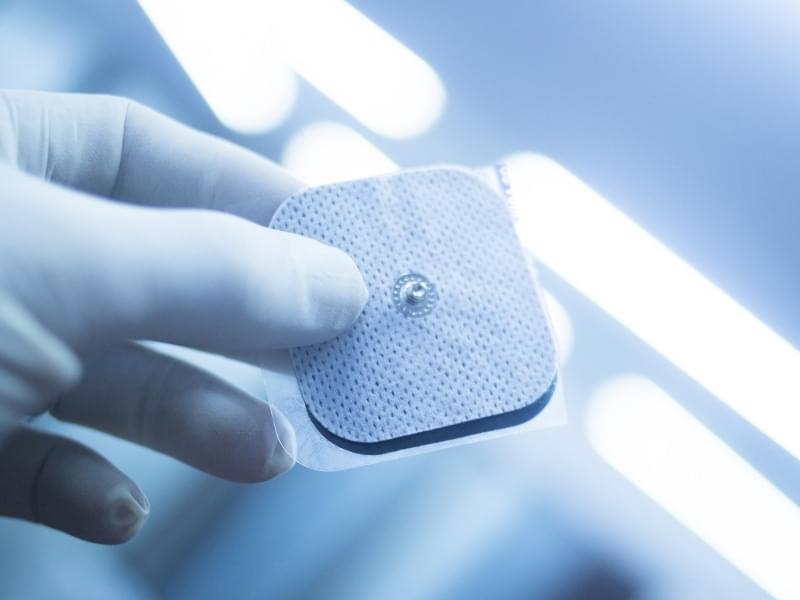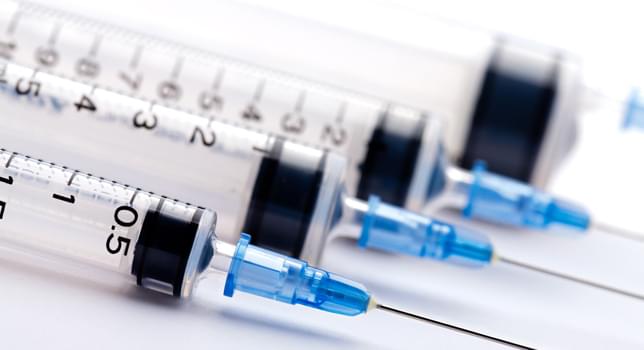With the on-body injectable device market growing rapidly, our experts discuss why you need to ensure their performance, and how testing to ISO 11608 can provide confidence in their capabilities and functionality.
What are on-body injectors?
On-body injectors, otherwise known as on-body delivery systems (OBDS) typically deliver a pre-measured amount of medicine to the patient, often automatically through a needle, meaning the patient cannot miss a treatment or incorrectly adhere their own medicine.
It allows for a stable recovery platform, as the patient does not need to be moved or transferred in order to receive critical medicine.
Patients can also receive precisely the correct dose in exactly the right placement for optimal treatment profiles.
Significant opportunities, but careful assessment required
As these are relatively new developments, due care must be made to protect patients and optimize performance in a variety of scenarios.
With a preference for pharmaceutical companies to use larger molecules with higher delivery volumes, OBDSs provide a unique opportunity to easily deliver potent medicine to patients, however caution must be taken due to the increased risk if something was to go wrong in this process.
For example the needle in the injectable must not cause injury, and must be carefully designed and assessed to ensure it does not extend too far potentially causing injury and mis-administering the drug in an incorrect way.
With these potentially placed on a moving human for days, the on-body device must stay in place on the patient, as well as not lose or leak any of the medicine out; otherwise the correct dose will not be delivered when it is required.
There must also be a considered approach to dose accuracy, with the device potentially having been subjected to various climates, temperatures and conditions in transit and whilst on the patient. You should be confident in your device’s capabilities at any point of its expected lifespan having been subjected to realistic conditions to ensure integrity.
Testing to ISO 11608-6
While currently still in a draft status at the time of writing, testing to ISO 11608-6 standards provide a comprehensive set of requirements which can help to guarantee the compliance of your OBDS. This includes the following:
- Dose delivery profiles
- Leakage
- Needle/cannula displacement
- Sharps injury protection
- Injection depth and needle extension
- Adhesion testing
ISO 11608-6 provides a framework for you to thoroughly assess the performance characteristics of your on-body medical device.
How can Smithers help?
With a consultative approach, Smithers helps medical device and pharmaceutical product manufacturers bring innovative and highly effective products to market with world-class expertise and extensive, independent testing capabilities at accredited facilities in the UK and USA.
Our experienced team will provide advice, guidance and recommendations as well as delivering test data to help you demonstrate compliance to regulatory guidance or specifications set out by the FDA, EMA, MHRA, USP, ASTM and ISO.


